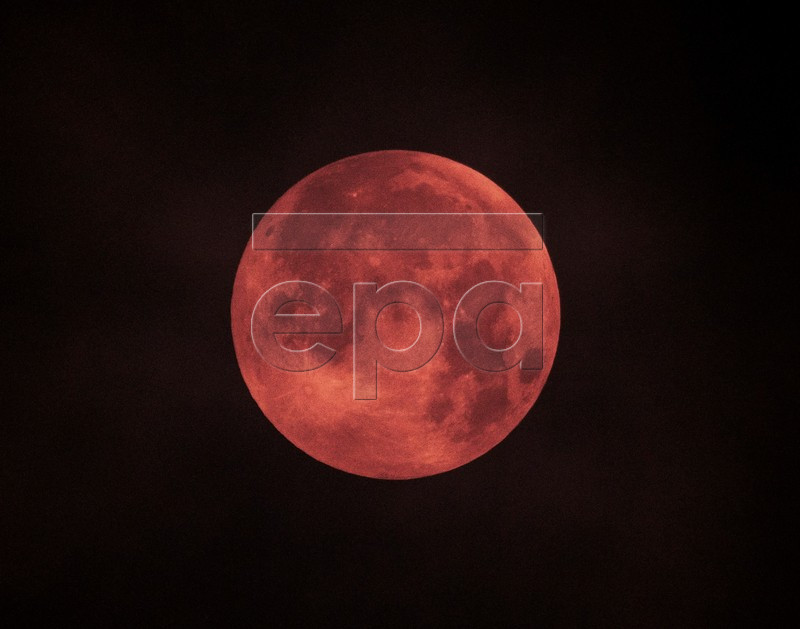Don't Miss
- Ricky’s picks for this week’s ATP 500 in Rotterdam
- ABN AMRO Rotterdam Open Draw and Schedule of Play for Wednesday, February 5, 2025
- Former No. 1 Simona Halep Announces Her Retirement At Age 33
- ABN AMRO Rotterdam Open Draw and Schedule of Play for Tuesday, February 4, 2025
- Petra Kvitova Will Launch Her Comeback in Austin
- Rotterdam ATP 500 draw: Alcaraz, Medvedev, Rublev headline stacked field
- ABN AMRO Rotterdam Open Qualifying Draw and Schedule of Play for Saturday, February 1, 2025
- Taylor Fritz to Play Opening Match February 13 in Historic Delray Beach Open Three-Peat Quest
- Stars Join Forces for Eisenhower Cup Return to Indian Wells on March 4
- Ken Thomas Broadcasting from Georgia’s Rome Tennis Open
- Solinco Launches All-New Whiteout V2 Racquet
- Stringlet: Serving Up Tennis Inspiration With A Twist
- Davis Cup qualifying to feature Brazil vs. France and Spain vs. Switzerland
- 2025 US Open Expands to Sunday Start
- Tennis Channel To Broadcast U.S. Davis Cup Qualifier vs. Tawain
10sBalls Tennis Shares EPA Photos From The Eclipse
- Updated: January 21, 2019

View of the ‘super blood moon’ seen from Mallorca, Spain, early 21 January 2019. The entire eclipse was visible from North and South America, as well as parts of western Europe and north Africa. The phenomenon was referred to by some as a ‘super blood wolf moon’ being a combination of a ‘blood moon’ as, during the eclipse, only the sun rays refracted by the earth atmosphere are reflected from the moon surface and give it a reddish color, a ‘supermoon’ given the large apparent size of the moon due to its relative proximity to earth and finally a ‘wolf moon’, the name often given to the full moon in January. EPA-EFE/CATI CLADERA
The moon fully shadowed by the Earth is seen above the castle of Salgo during a total lunar eclipse near Salgotarjan, some 109km northeast of Budapest, Hungary, 21 January 2019. The entire eclipse was visible from North and South America, as well as parts of western Europe and north Africa. The phenomenon was referred to by some as a ‘super blood wolf moon’ being a combination of a ‘blood moon’ as, during the eclipse, only the sun rays refracted by the earth atmosphere are reflected from the moon surface and give it a reddish color, a ‘supermoon’ given the large apparent size of the moon due to its relative proximity to earth and finally a ‘wolf moon’, the name often given to the full moon in January. EPA-EFE/PETER KOMKA
A view of the so-called blood moon next to the mine winding tower of Ewald colliery during the first total lunar eclipse of the year in Herten, Germany, 21 January 2019. The entire eclipse is visible from North and South America, as well as parts of western Europe and north Africa. EPA-EFE/FRIEDEMANN VOGEL
The so-called ‘Super Blood Wolf Moon’ is seen over city center in Prague, Czech Republic, 21 January 2019. The entire lunar eclipse was visible from North and South America, as well as parts of western Europe and north Africa. EPA-EFE/MARTIN DIVISEK
A view of the lunar eclipse pictured in Jubilee Park, in Brussels, Belgium, 21 January 2019. The entire eclipse was visible from North and South America, as well as parts of western Europe and north Africa. The phenomenon was referred to by some as a ‘super blood wolf moon’ being a combination of a ‘blood moon’ as, during the eclipse, only the sun rays refracted by the earth atmosphere are reflected from the moon surface and give it a reddish color, a ‘supermoon’ given the large apparent size of the moon due to its relative proximity to earth and finally a ‘wolf moon’, the name often given to the full moon in January. EPA-EFE/OLIVIER HOSLET











